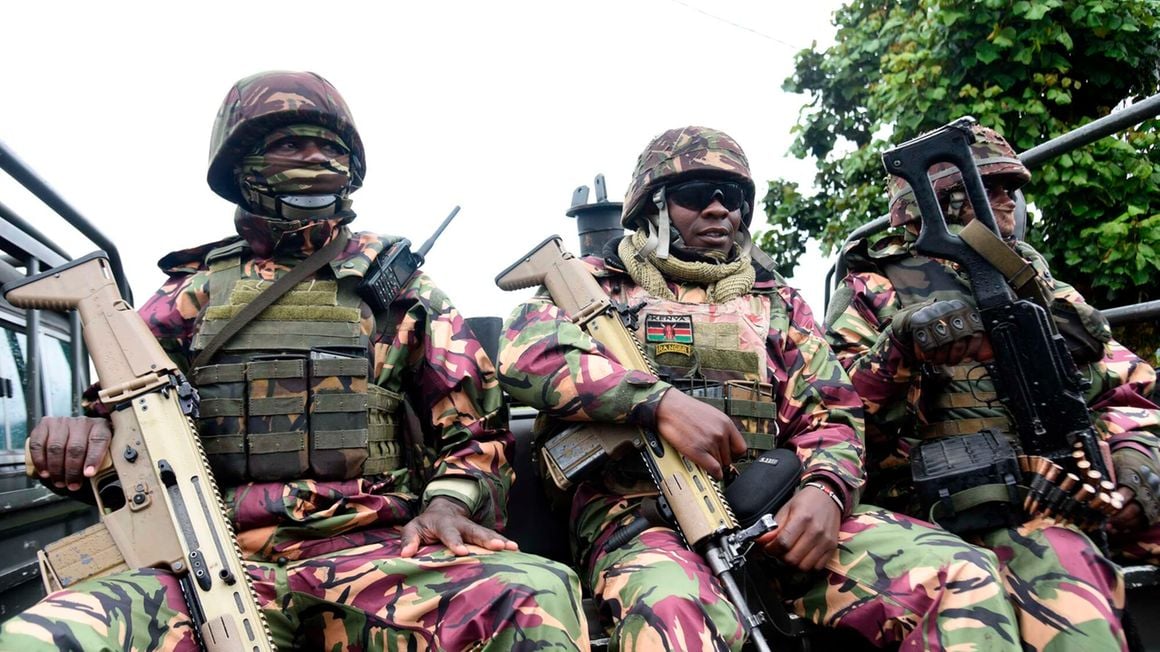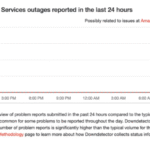
East African Force Withdraw from Democratic Republic of Congo
Reading Time: 2 minutesThe regional force of the East African Community (EAC) initiated its withdrawal from the Democratic Republic of Congo on Sunday morning. This decision came after Kinshasa labeled the force as ineffective and declined to renew its mandate. In November of the preceding year, the regional bloc deployed troops to the conflict-ridden area in response to the renewed activities of the M23 rebel group. At that time, The DRC authorities extended an invitation to the East African Community to deploy its forces. To help liberate the areas captured by the rebels. However, the prospects for the deployment became uncertain. President Felix Tshisekedi of DRC accused the force of cohabiting with the rebels instead of compelling them to disarm. After a summit held on November 24. The EAC declared that the DRC had decided not to extend the mandate of the regional force beyond December 8, 2023. The initial batch comprised approximately 100 Kenyan soldiers from the regional force. Inclusive of troops from Uganda, Burundi, and South Sudan. Departed from Goma airport en route to Nairobi. The spokesperson for the one-site force disclosed this information but did not furnish additional details regarding subsequent withdrawals. AFP journalist observed a plane departing at 5 am as the East African Community (EAC) regional force began its withdrawal. Ongoing clashes between the M23 group and the DRC army persist. The UN mission, Monusco, and the EAC force face criticism for ineffectiveness, with Kinshasa pushing for Monusco’s accelerated departure. READ ALSO: The Most Discipline Forces in The World The general elections are scheduled for December 20, but conflict in North Kivu may disrupt voting. President Tshisekedi aims for Southern Africa Development Community (SADC) support, but plans for a SADC force have not materialized. European “Instructors’ and DRC’s national army buildup are reported in North Kivu. According to DRC authorities, the national army is reportedly undergoing a strengthening process to defend the territory and ensure protection from neighboring countries.





